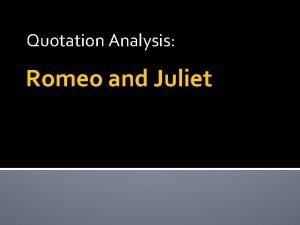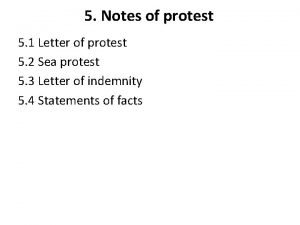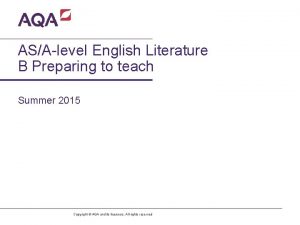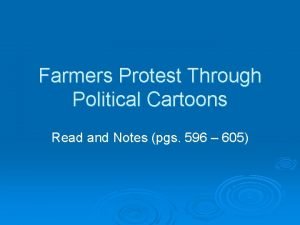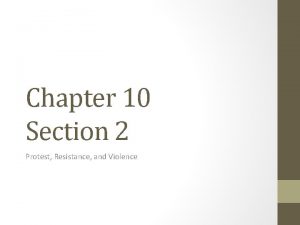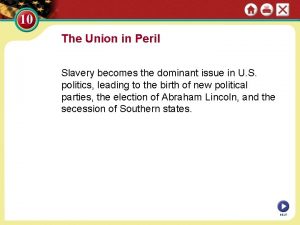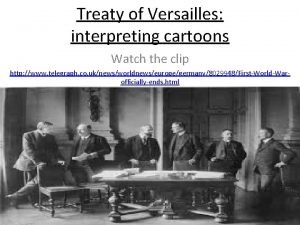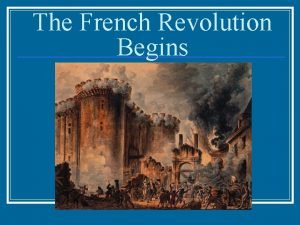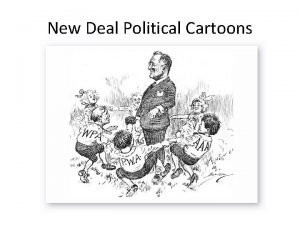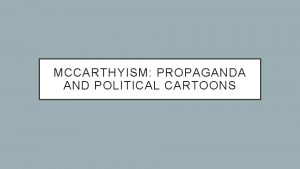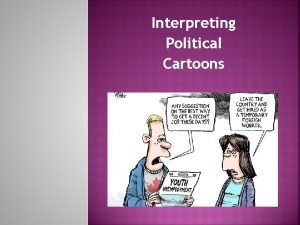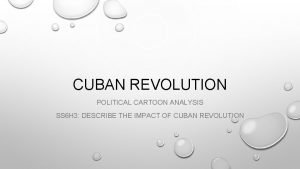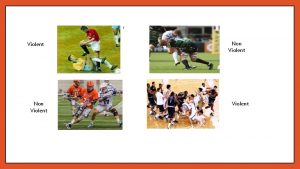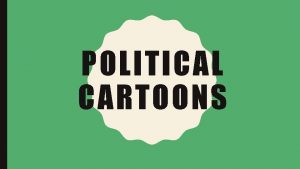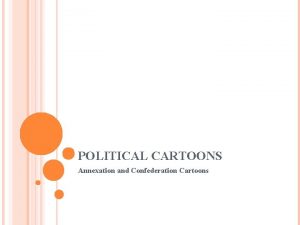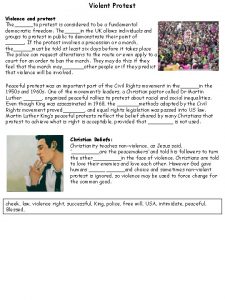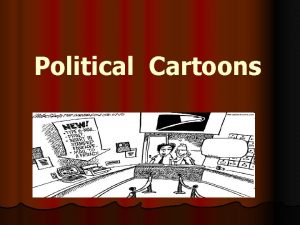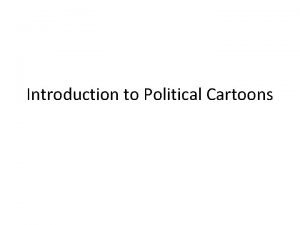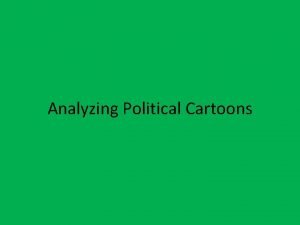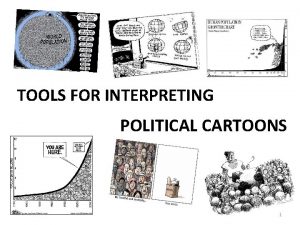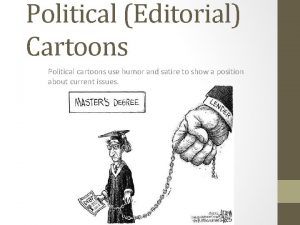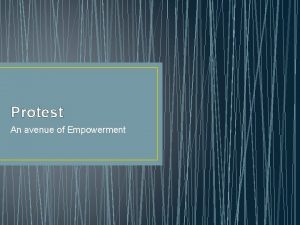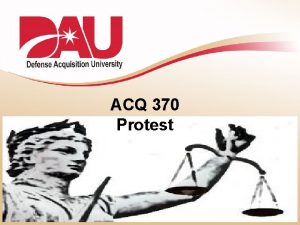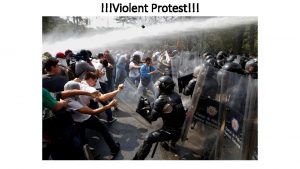Political Cartoons Social Movements Resistance Movements Violent Protest















- Slides: 15

Political Cartoons: Social Movements, Resistance Movements & Violent Protest Movements

Social Movements • Group action which focuses on specific political or social issues. In other words, they carry out, resist, or undo a social change. They provide a way of social change from the bottom within nations. • Social movements can be defined as "organizational structures and strategies that may empower oppressed populations to mount effective challenges and resist the more powerful and advantaged elites. ” – International Occupy protests – Black Lives Matter

Resistance Movements • Organized effort by some portion of the civil population of a country to withstand the legally established government or an occupying power and to disrupt civil order and stability. It may seek to achieve its objectives through either the use of nonviolent resistance (sometimes called civil resistance), or the use of force, whether armed or unarmed. – Egyptian Revolution 2011 – Catalan Independence Referendum 2017

Violent Protest Movements • Protest movements that attempt to seek social or political change through the use of force. – Hong Kong – Terrorist organizations – PKK (Kurdish Workers’ Party): Demand equal rights & Kurdish autonomy in Turkey


Analyzing Political Cartoons • What is a political cartoon? – Drawing, sometimes with words, that convey an idea or message about a current issue, event, or problem. – Are simple, graphic depictions of a news story or event. – Portray people’s attitudes about a problem or issue.

Common characteristics for a good political cartoon: • Humor not just for comedic effect but to send a message • The cartoon must have a foundation in truth • The cartoon should have a purpose. In other words, the cartoon should provide opportunities to inform the viewer about an issue and allow for critical thinking

Symbolism • Cartoonists use simple objects, or symbols, to stand for larger concepts or ideas. • After you identify the symbols in a cartoon, think about what the cartoonist intends each symbol to stand for.

Exaggeration • Sometimes cartoonists overdo, or exaggerate, the physical characteristics of people or things in order to make a point. • When you study a cartoon, look for any characteristics that seem overdone or overblown. Then, try to decide what point the cartoonist was trying to make through exaggeration.

Labeling • Cartoonists often label objects or people to make it clear exactly what they stand for.

Analogy • An analogy is a comparison between two unlike things that share some characteristics. By comparing a complex issue or situation with a more familiar one, cartoonists can help their readers see it in a different light.

https: //learning. blogs. nytimes. co m/2015/09/17/drawing-forchange-analyzing-and-makingpolitical-cartoons/

OPTICS Strategy • O - Conduct a brief overview of the visual or graphic. “float” over the image. What is the primary focus? • P – Key in on the parts of the visual by reading all labels and noting any elements or details that seem important. What is the interaction of the parts with the primary focus? • T – Read the title of the visual so that you are clear on the subject it is covering. Does the title make sense? If there is no title – What would you call it?

OPTICS continued • I – Use the title as your theory and the parts of the visual as your clues to detect and specify the interrelationships, to infer or interpret – What is not in the picture, but implied? • C – Draw a conclusion about the visual as a whole. What is it all about? Can you summarize in one sentence? • S – What is the source? source Where did it come from? What is the bias / political leaning of the source? What is the audience? What is the context?

Some questions to ask yourself: • What issue is this political cartoon about? • What is the cartoonist’s opinion on this issue? • What other opinion can you imagine another person having on this issue? • Did you find this cartoon persuasive? Why or why not? • What other techniques could the cartoonist have used to make this cartoon more persuasive?
 Romeo character traits
Romeo character traits These violent delights have violent ends shakespeare
These violent delights have violent ends shakespeare Letter of protest adalah
Letter of protest adalah Aqa a level english literature b poetry anthology
Aqa a level english literature b poetry anthology Farmer protest cartoons
Farmer protest cartoons Chapter 10 section 2 protest resistance and violence
Chapter 10 section 2 protest resistance and violence Rising tide chapter
Rising tide chapter Seceding states of the confederacy
Seceding states of the confederacy Unlimited indemnity cartoon
Unlimited indemnity cartoon Easy french revolution political cartoon
Easy french revolution political cartoon Stock market crash cartoon 1929
Stock market crash cartoon 1929 Russian revolution political cartoons and explanations
Russian revolution political cartoons and explanations Political cartoons fdr
Political cartoons fdr Mccarthyism political cartoon
Mccarthyism political cartoon Interpret cartoon
Interpret cartoon Cuban missile crisis political cartoon analysis
Cuban missile crisis political cartoon analysis
